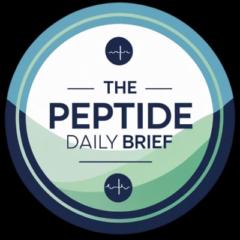15d • General discussion
🥩🥦 How Nutrition Affects Peptide Protocol Outcomes 🍳💧
One of the most overlooked parts of running a peptide protocol isn’t the dosing or the timing—it’s the nutritional environment you create around it.
Think about it like this: peptides are signals 📡. They tell your body to do something—release growth hormone, repair tissue, modulate immune response. But if the raw materials aren’t there, the signal doesn’t translate into results.
A few examples:
- GH secretagogues (CJC-1295, Ipamorelin): ⚡️ Work best when insulin is low. Running them after a carb-heavy meal 🍞 can blunt the response.
- Repair peptides (BPC-157, TB-500): 🦴 Rely on amino acids, minerals, and hydration 💧. If protein intake is low, recovery may stall.
- Metabolic peptides (GLP-1s like Semaglutide or AOD-9604): ⚖️ Nutrition can make or break these—poor diet choices 🍔 can mask the benefits.
- Longevity compounds (Epitalon, MOTS-C): ⏳ Effects often compound when paired with consistent micronutrient support 🥕.
It’s also worth noting that timing meals ⏰ around protocols can change outcomes. Fasting windows, carb timing, and even hydration can all shift how effective a stack feels.
This is why tracking matters 📊. If your nutrition changes but your results shift, how do you know if it was the peptide or the diet?
Tools like Stack Tracker make it easier to log both protocols and observations so you can spot patterns over time.
👉 Question for the group: Have you ever noticed your nutrition either amplified 🚀 or blunted 🛑 the results of a peptide protocol? What changed when you dialed in your diet?
0
0 comments

skool.com/notmarksanchez
Join our science-driven community. Master training, nutrition, longevity, and wellness with evidence-based strategies for peak health and vitality.
Powered by

